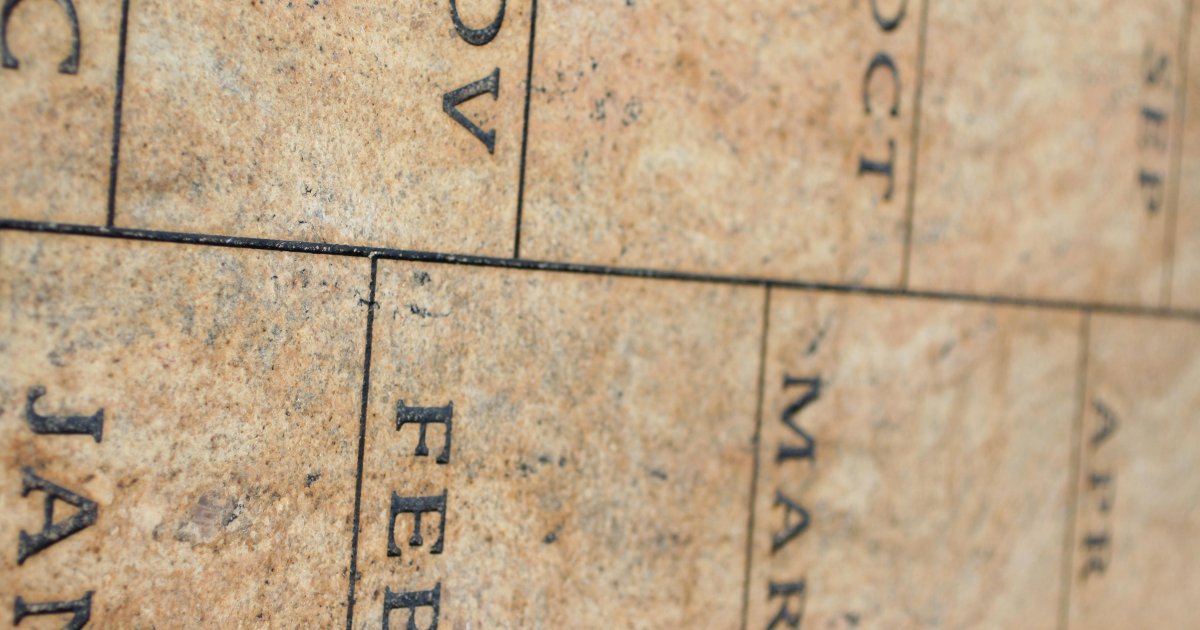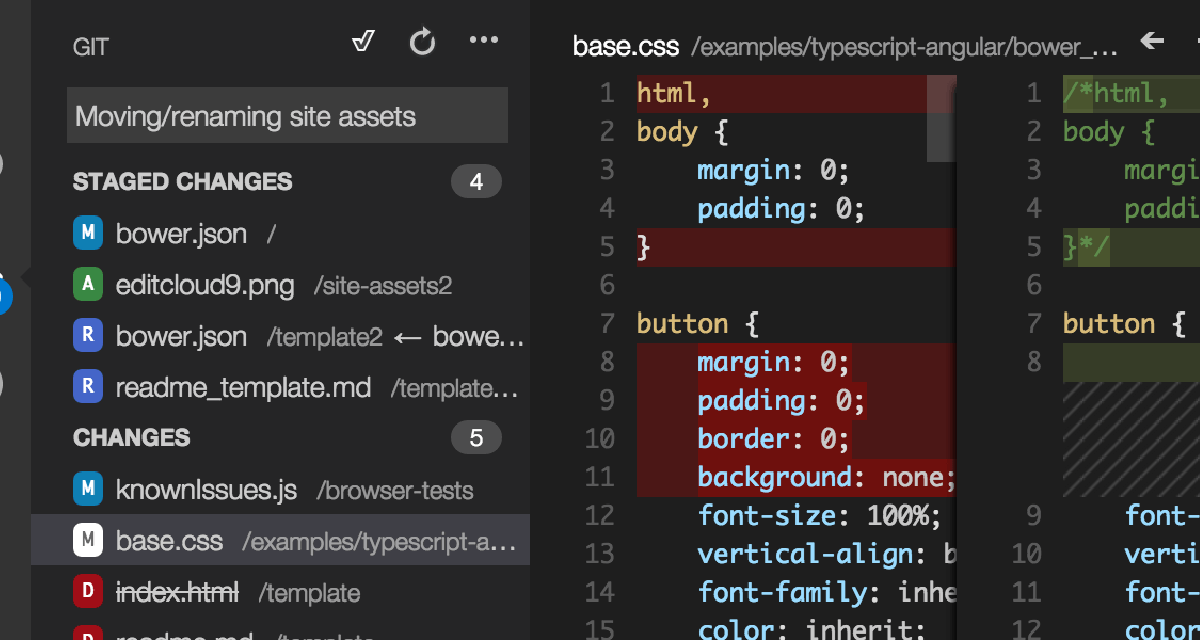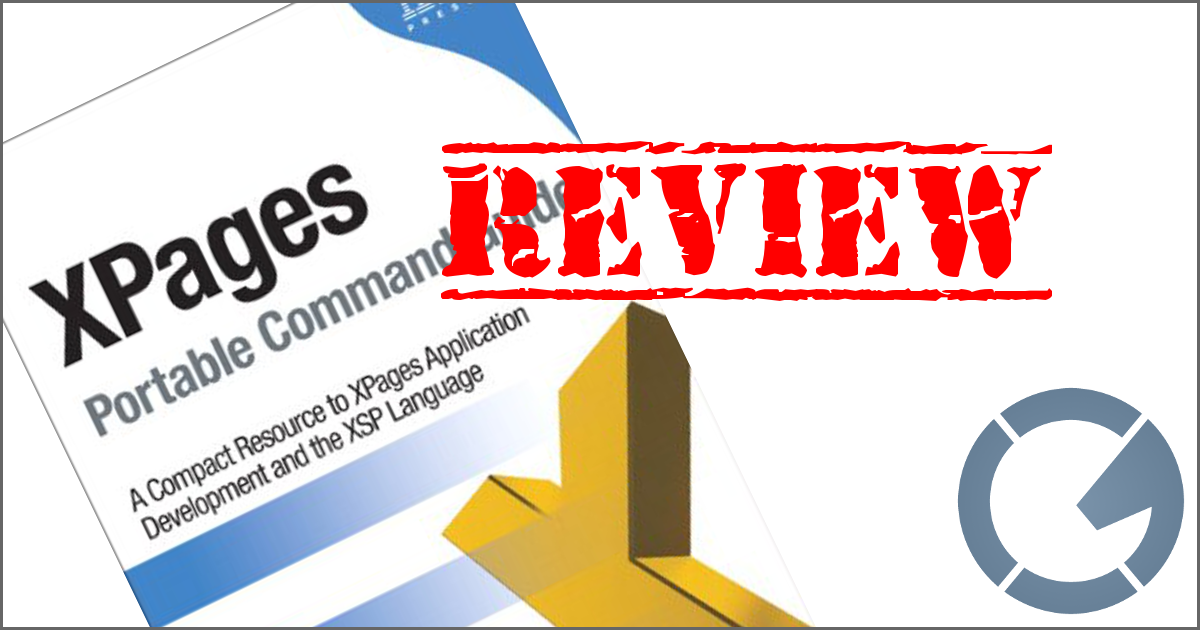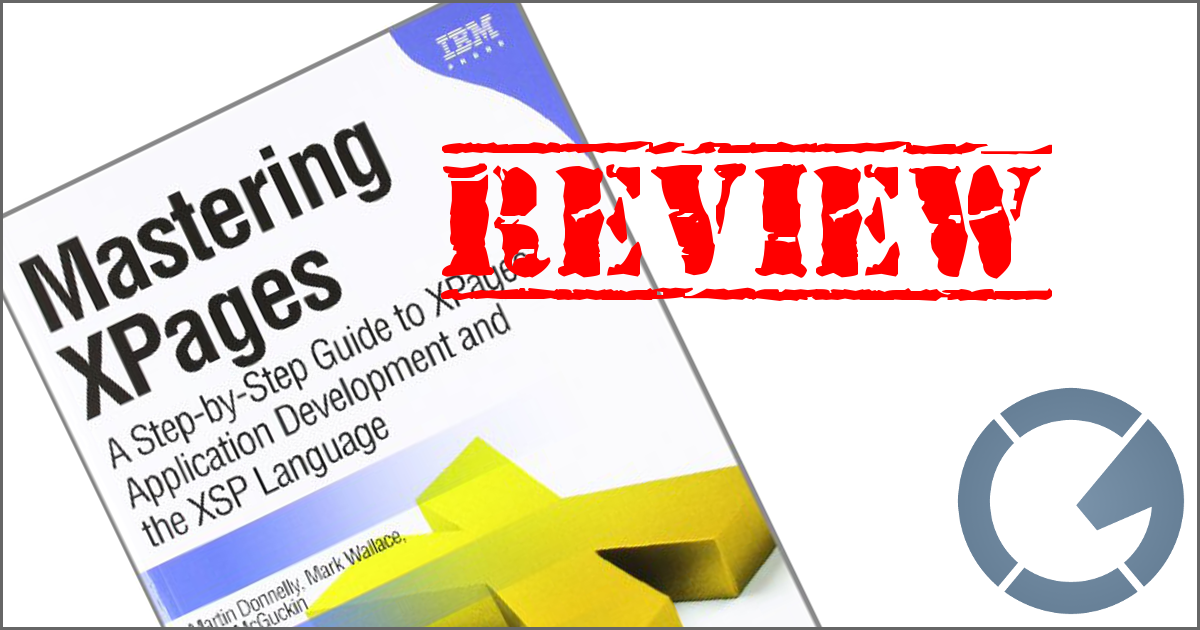dominoGuru.com
Your Development & Design Resource
magicJack - First Impressions
11/10/2008 10:13 AM by Chris Toohey
While at a dinner party last weekend, a guy who spends his days implementing telephony systems started talking about this pretty slick little device that - for $20 USD for the entire year - allows you to make landline calls through your high speed internet connection. $20/year, and it's a gadget... I was intrigued to say the least.

The gadget - the magicJack - is a pager-sized device, complete with a USB male port and a telephone female port (see pictures below). The device allows you to connect a "landline" telephone into your computer, where it will utilize the software installed on initial setup of the device to communicate back to the magicJack VOIP service - all this allowing you to pick up your telephone, hear a dial tone, and call anyone in the US or Canada (US Virgin Islands, and a few other places too...) for $20 USD at the time of this publication.
I thought you - my fellow geeks and gadget aficionadi - would be interested in such a device and the accompanying service. So, I want thank the team over at magicJack for sending me a review unit, and I plan on doing a "first impressions", "two weeks in", and "28 days later" series of reviews (as you have the option of using the 30-day Free Trial).
Unboxing the magicJack
My son came in from grabbing the mail the other day and, seeing the package in his hands, I immediately knew what it was - I had received my magicJack! Surprisingly my wife was even more excited than me. See, she evicted Vonage from our home... as she would constantly run into distortion, dropped calls, and other pains with VOIP. The magicJack was the promise of a smaller phonebill, and the buzz was that this was the product that could deliver where Vonage had failed in our household.
The above slideshow will walk you through the unpackaging process. Excellent. Consumer. Packaging. No Driver CDs to misplace or papers that just add to the clutter. You had the folder-like cardboard cover with the protective styrofoam packaging, the device itself (which contains all of it's drivers), and a USB extension cable.
Installing the magicJack
I'd love to make this section long and drawn out, but this is what I have: As pictured, I plugged in the device to my laptop's USB port. After about one minute (probably less to be honest), it did what it needed to do (installed the drivers and softphone media directly from the device source), and I was done. Done meaning that I was able to open the magicJack console/smartphone application (see below), plug my landline phone into the back of the magicJack, and I got a dial tone. Yep, even with taking pictures, it took me about 10 minutes to go from packaging to making my first round of test calls.

This thing is really designed for the consumer, and while the console software might not scream sexy, it's certainly functional. I tend to judge a product - especially a consumer electronics product - by how many times my parents would call me - the family's resident geek - during the installation. So far, I can't imagine getting a call.
Using the magicJack
You get two "usage scenario" options with the magicJack - the obvious "plug your landline phone in here" option, and the possibly not-so-obvious softphone option. This option is nothing new to those of us using VOIP software clients like Skype, but it works wonderfully for podcasters (which I am) who want to be able to record landline calls on-the-cheap with high fidelity.

You can specify whether you want to use a handset or another audio source for your phonecalls simply by making the change in the Headset Options dialog. As shown, I've toggled the magicJack to use my podcasting/VOIP headset (a Plantronics DSP 400 I think.... doesn't say) and it just works. Again, simple, and perfect for a consumer.
Now, I said earlier that I judge a product based on how many calls I get from my parents... and here's the kicker - the first real magicJack to landline call I made was to my mother. I 1) needed to speak with her and 2) wanted to test out the voice quality. After spending an hour on the phone, I brought up the magicJack, and mentioned that I had been using it for the past hour. My parents are currently paying >$100 USD/monthly for their landline. I told her that for $39.95 (the cost of sign-up/activation + the first year of service), she'd be done for the year.
I think I know what I'm getting them for Christmas this year... but I'll be putting this thing through the paces over the next month - properly vetting the device and the service, before both giving it my "must have" seal and picking it up for my parents.
In Closing...
So far, so good. Few things that I didn't like:
- ...was the fact that I could enter both alphanumeric characters into the input field on the softphone... but those characters would not translate (like they do on most smartphones), but rather just strip them off. Making 1-800-IBM-HELP dial 1-800, which threw an error!
- The documentation states that you must plug the unit directly into the computer and not into a hub... and that can be confusing. The device pulls it's power through USB, so if you had a powered USB Hub you're fine. I know... but, as a consumer product, people might think they need to unplug their current peripherals in order to set this thing up.
- Faxing didn't work, but this is a VOIP thing. Would have rocked though.
- My wife won't give it back...
Expect a follow-up to this review in the next 2 weeks!










